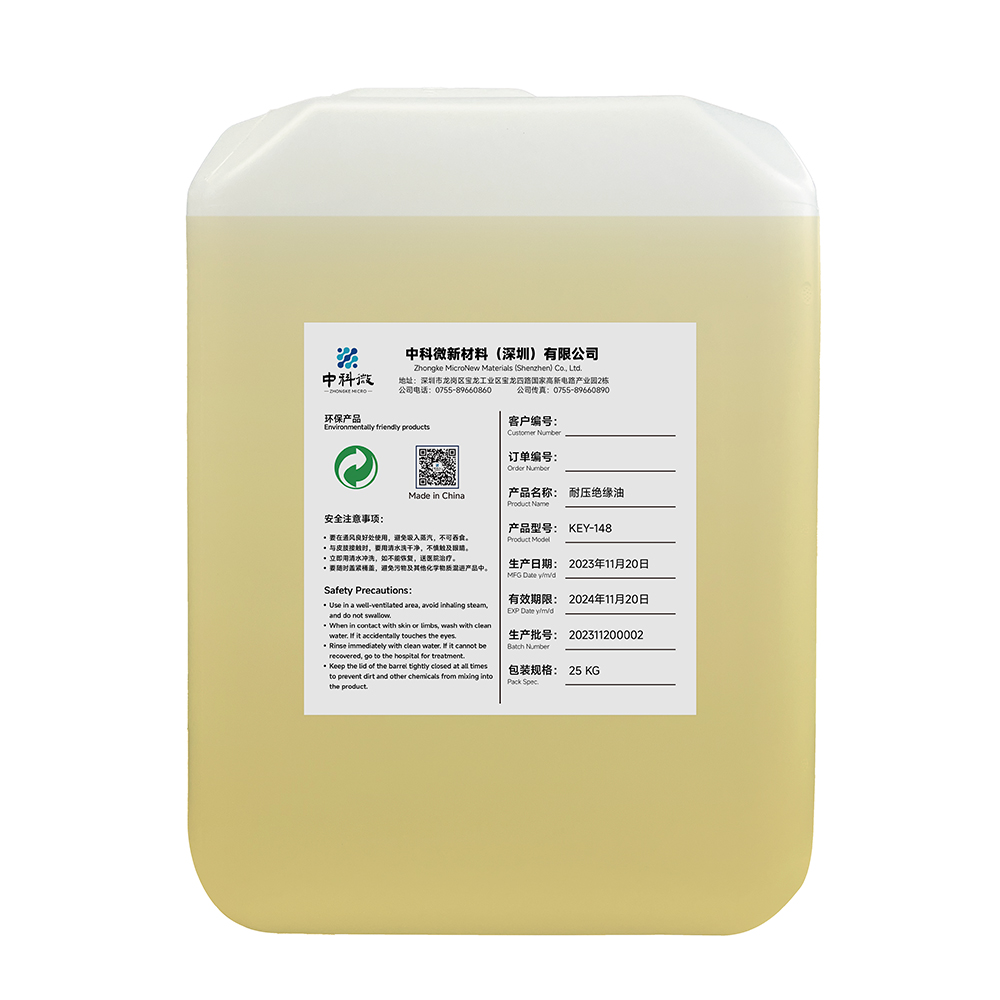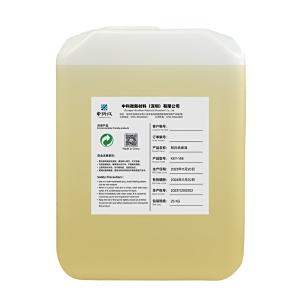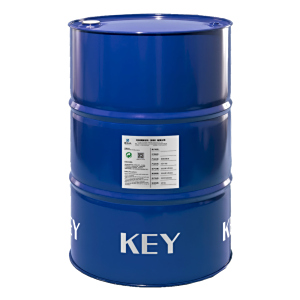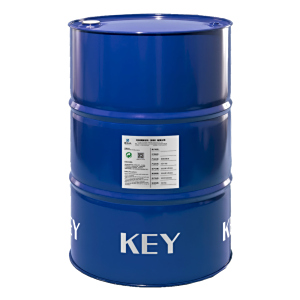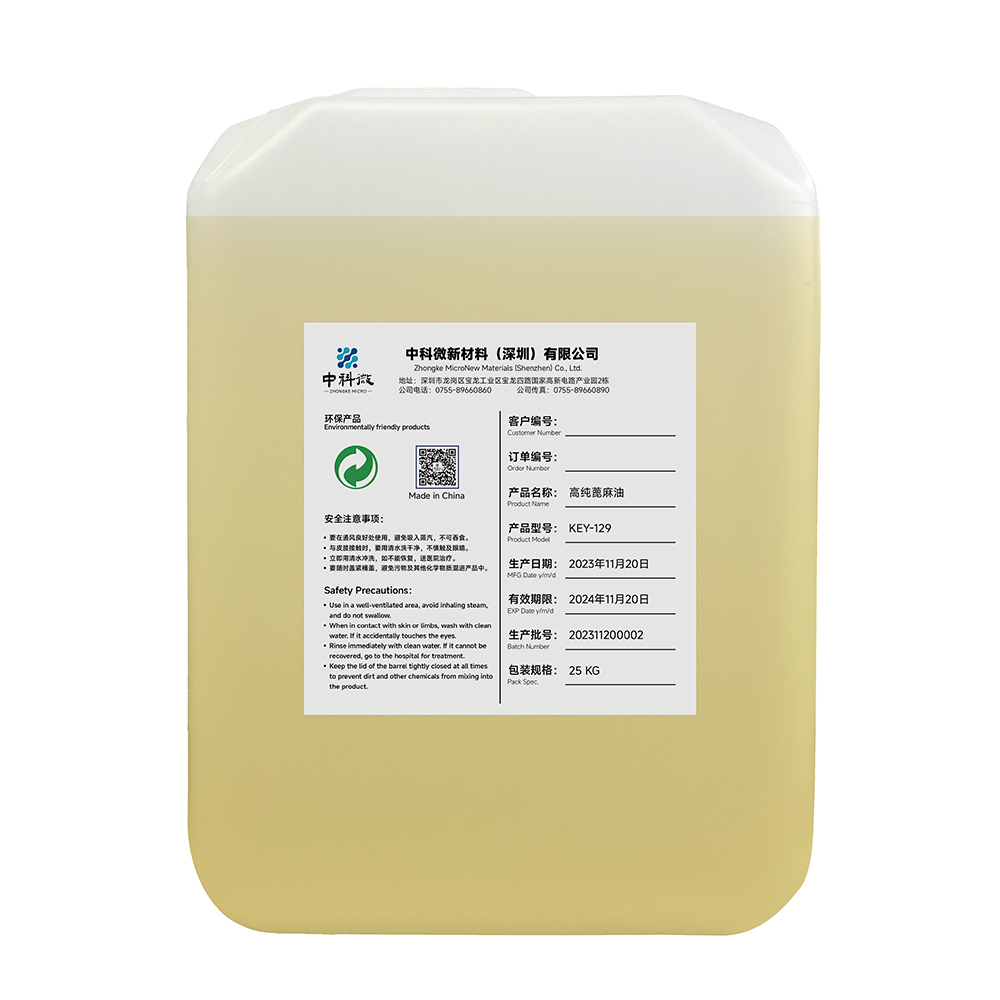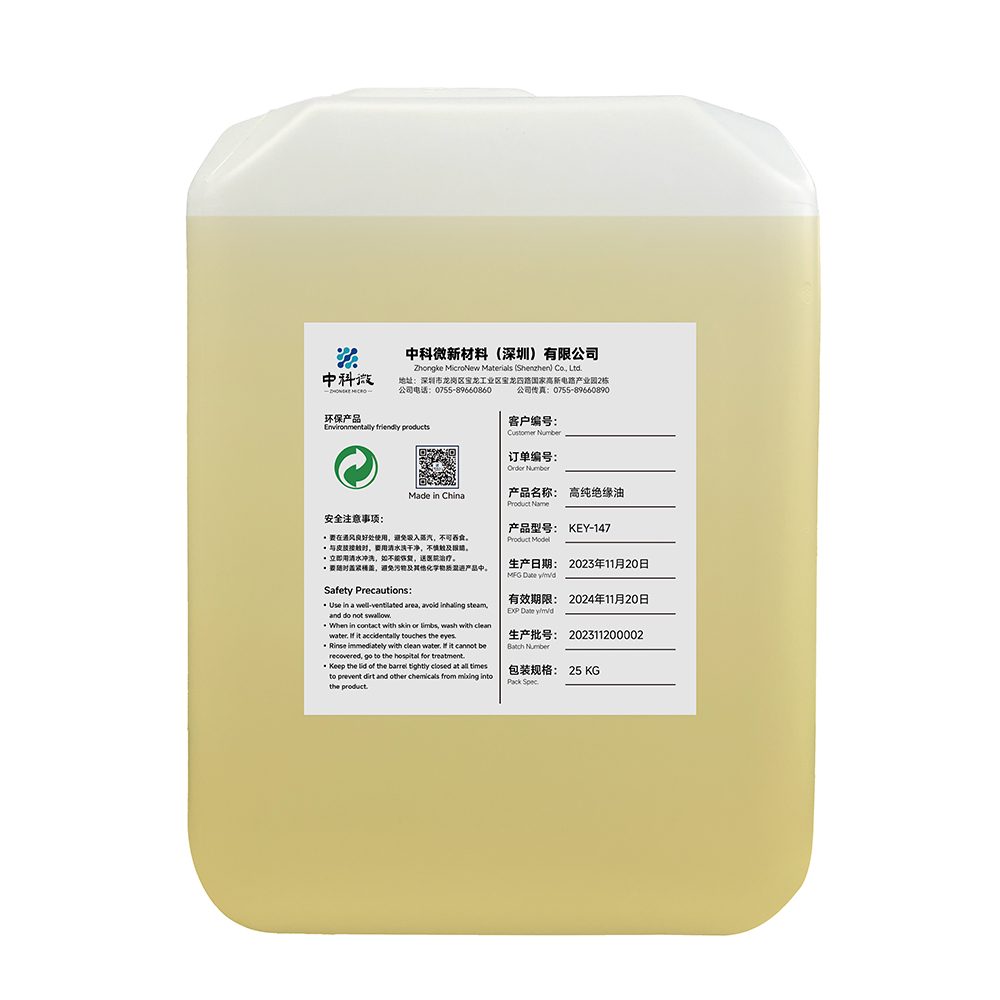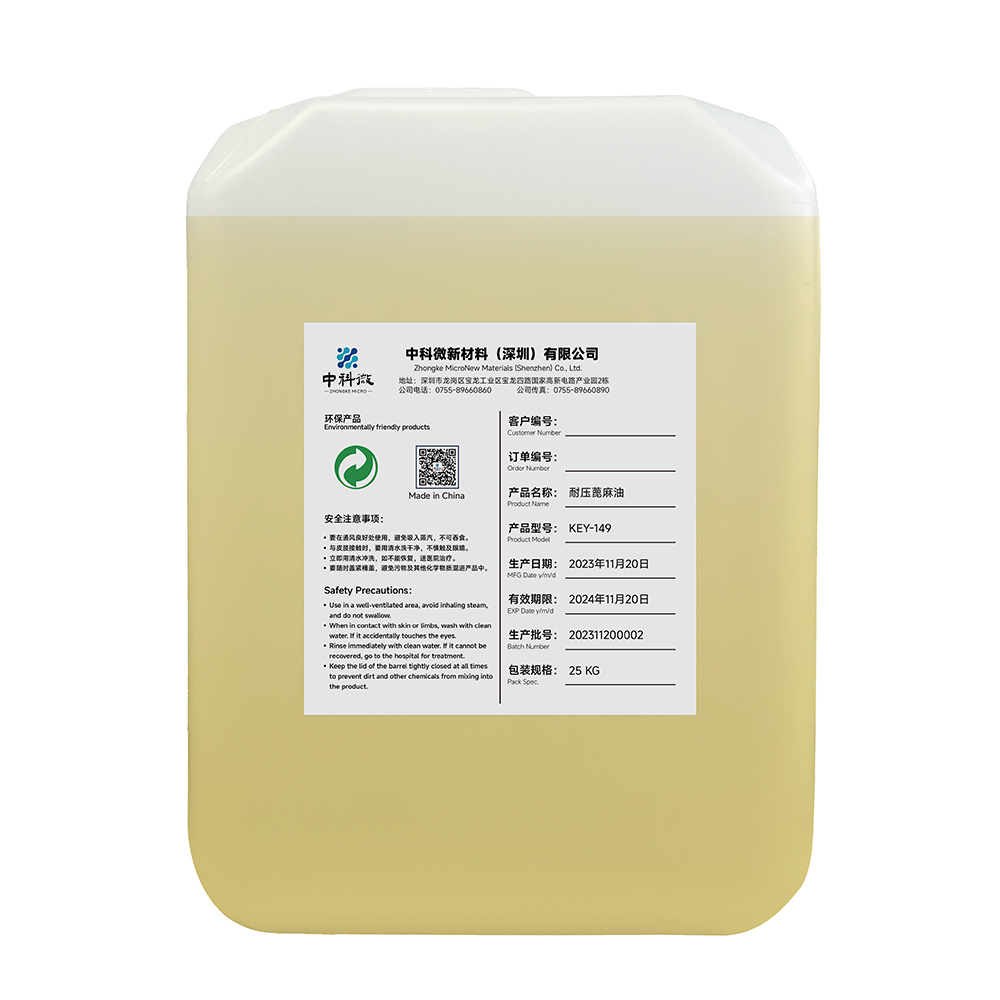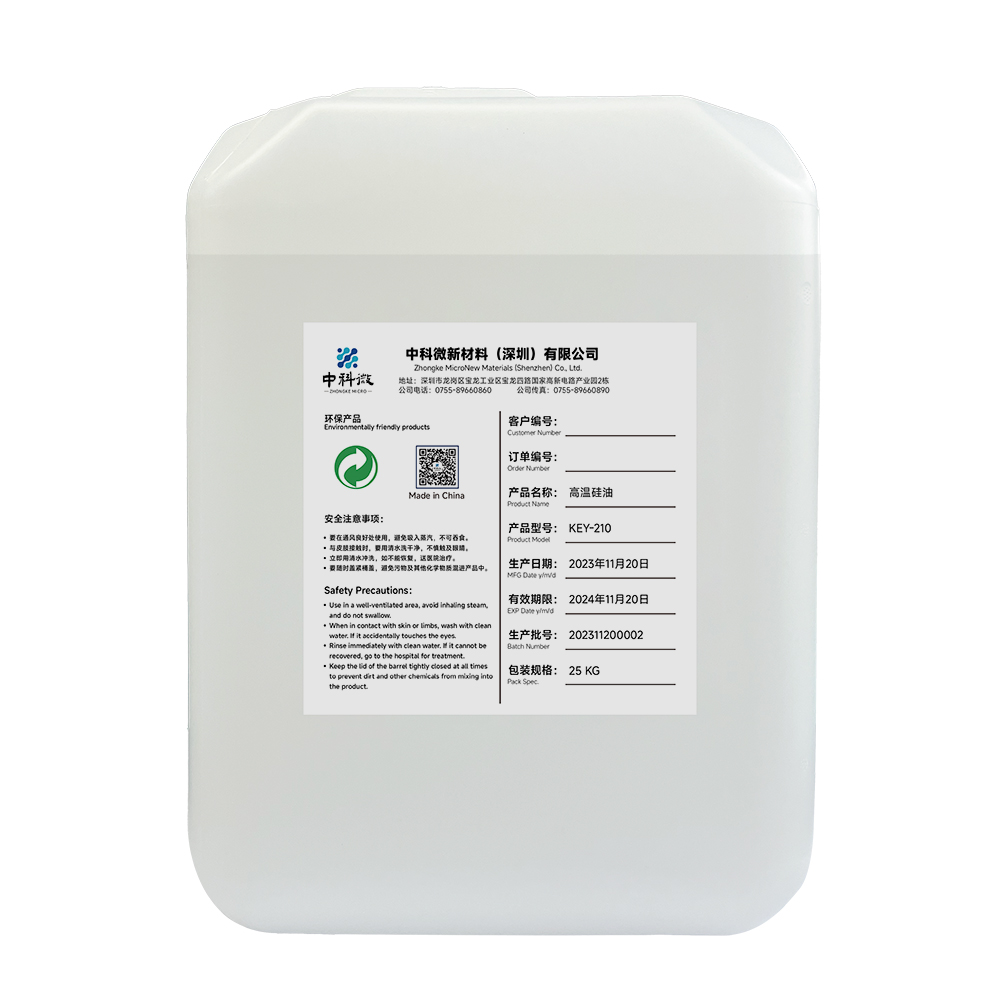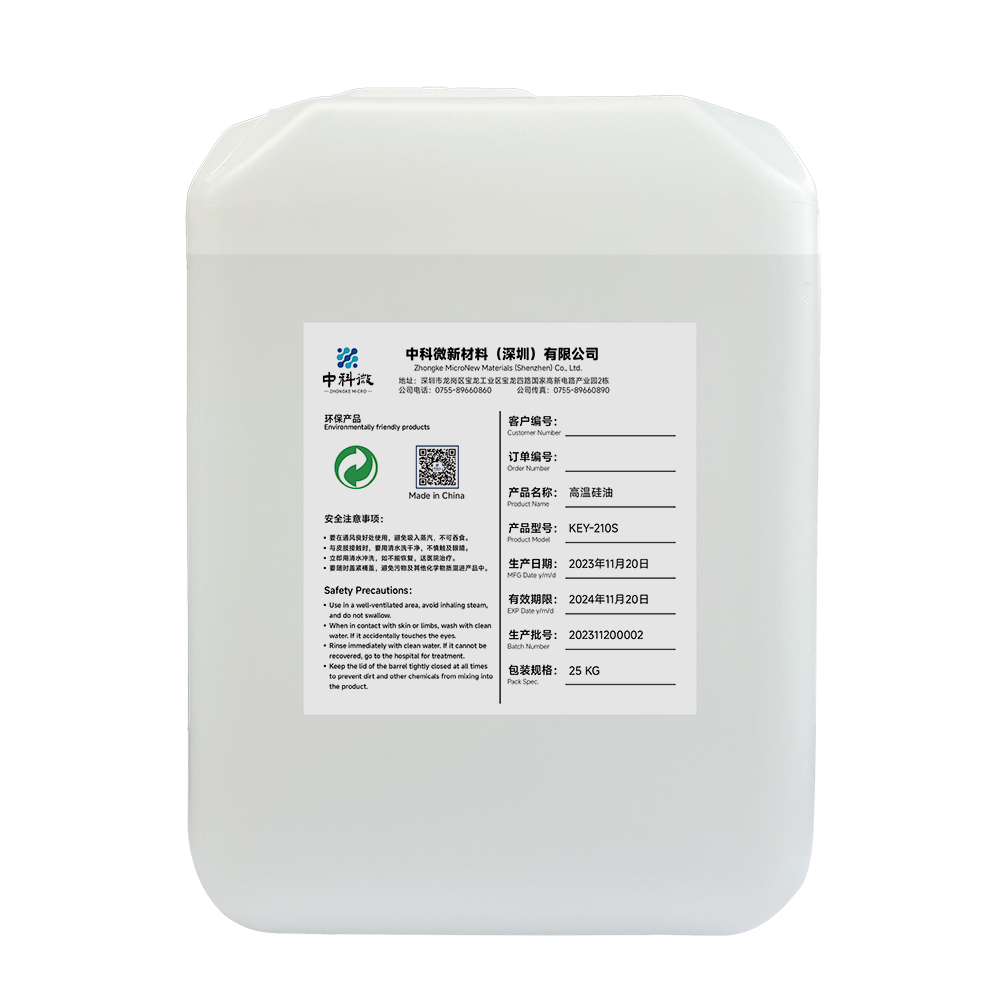
Scan the QR-code to get technical consultation immediately
KEY-148 Voltage Resistant Insulating Oil
Product Highlights
High Purity | Good Solubility | Good Stability |
High Dielectric Constant | Good Lubricity | Good Biodegradability |
Product Introduction
All equipment for handling KEY-148 vegetable insulating oil (such as hoses, pipes, oil tanks, and oil filtering equipment) should be kept clean and should be used exclusively for vegetable insulating oil.
If the oil sample previously treated by the equipment is mineral insulating oil or synthetic ester insulating oil, it can be flushed with KEY-148 vegetable insulating oil before use. If the oil treatment equipment was previously filled with silicone oil, it cannot be treated with 148 vegetable insulating oil.
Equipment with residual vegetable insulating oil should be sealed and isolated from air and pollutants. When storing vegetable insulating oil in containers such as oil drums, oil tanks, and oil storage tanks, the oil surface should be sealed and covered with dry nitrogen or dry inert gas.
Physical and Chemical Parameters
Item | Parameters | Experimental Methods | |
Appearance | Clear and Transparent, No Sediment and Suspended Matter | Visual Inspection | |
Kinematic Viscosity (mm2/s) | 100℃ | ≤15 | GB/T 265 |
40℃ | ≤50 | ||
0℃ | ≤500 | ||
Pour Point /℃ | ≤-10 | GB/T 3535 | |
Water Content /(mg/kg) | ≤200 | GB/T 7600 | |
Density(20℃)/(kg/m3) | ≤1000 | GB/T 1884 | |
Breakdown Voltage /kV(2.5mm) | ≥40 | GB/T 507 | |
Dielectric Loss Factor(tanδ)(90℃) | ≤0.04 | GB/T 5654 | |
Acid Value /(mgKOH/g) | ≤0.06 | IEC 62021-3 | |
Corrosive Sulfur | Non-corrosive | SH/T 0804 | |
Fire Point /℃ | ≥300 | GB/T 3536 | |
Flash Point/℃ | ≥250 | GB/T 261 | |
Storage and Transportation Requirements
- The original packaging of KEY-148 vegetable insulating oil should be stored indoors. If it needs to be placed in an oil tank, it is advisable to use an indoor oil tank for storage. If the oil tank is placed outdoors, it should be avoided from direct sunlight, and the storage environment temperature should be within the range of -10℃~40℃.
- The inner coating of the oil tank should be compatible with KEY-148 vegetable insulating oil; oil tanks with respirators should not be used.
- When transmitting KEY-148 vegetable insulating oil in an environment below -10℃, the oil pipeline and oil tank should be equipped with heating devices.
- The inside of the oil tank should be thoroughly cleaned and there should be no rust, leakage, etc.
- If the oil tank previously stored mineral oil, the mineral oil in it should be thoroughly drained and flushed with KEY-148 vegetable insulating oil at 60℃ to 80℃ before filling with vegetable insulating oil to avoid contamination.
- The viscosity of KEY-148 vegetable insulating oil is higher than that of ordinary mineral insulating oil. Its viscosity effect should be considered when selecting an oil pump.
- Oil pumps that easily generate high heat during operation should not be used, because high temperature will cause the insulating oil to produce gas.
Please Note
- The sampling method of KEY-148 vegetable insulating oil that has been injected into the power equipment shall be carried out in accordance with the procedures specified in GB/T 7597.
- After the insulating oil is injected and the standing time meets the requirements (the standing time after oil injection for transformers with a voltage level of less than or equal to 35kV is not less than 24 hours), the vegetable insulating oil in the transformer is sampled and tested. It can be powered on only after the performance meets the requirements of Table 2.
- The transformer filled with vegetable insulating oil should be left standing for a sufficient time before the high-voltage test can be carried out. Under the same conditions, KEY-148 vegetable insulating oil takes longer to impregnate the insulating paper (cardboard) than mineral insulating oil.
Packing Specifications
Thickened plastic barrel: 15KG/barrel, 25KG/barrel
Thickened iron barrel: 50KG/barrel, 100KG/barrel
